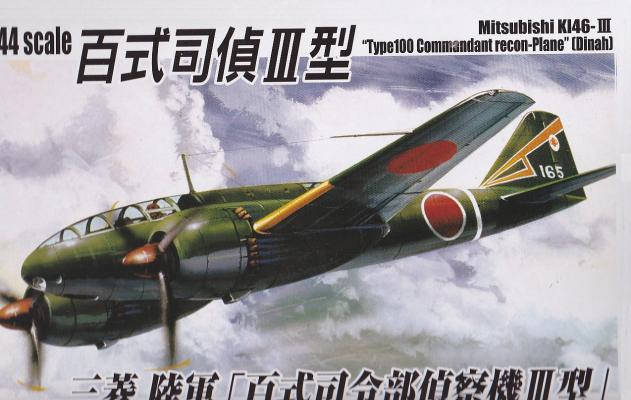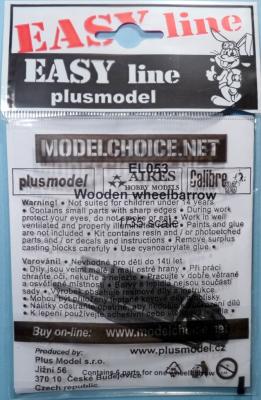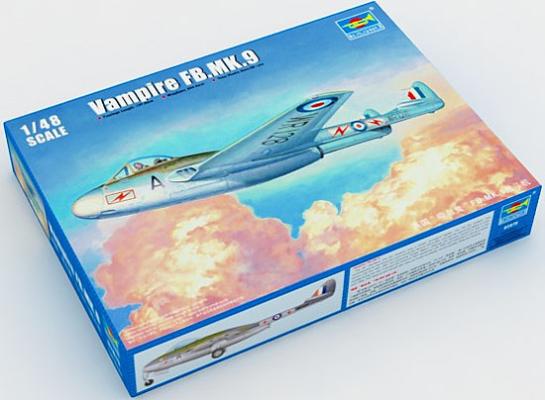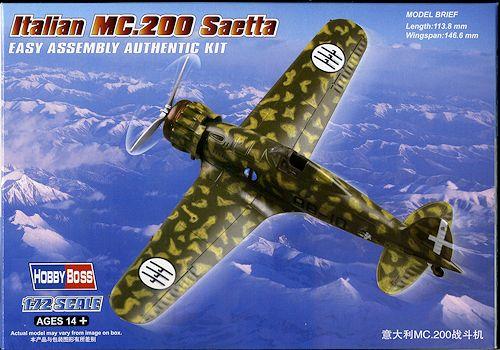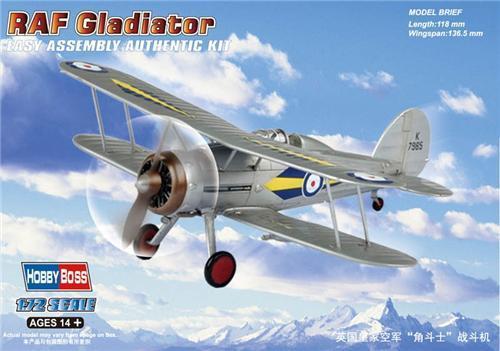The Aircraft
The Mitsubishi Ki-46 Dinah was a reconnaissance platform for the Imperial Japanese Army. The crew of 2 were in separate cockpits, with the pilot and observer separated by a fuel tank (shudder!) The Ki-46II version was faster than any Japanese fighter in the 1940-41 time frame, and the IJAF thought it should be immune from interception. The advent of the P-38 in Pacific combat caused rethought of this idea.
The solution to the speed problem was more powerful, fuel injected Mitsubishi Ha-112 engines, which pushed the top speed to a respectable 391 mph. The nose was redesigned to be more aerodynamic, with no step for the canopy, but a full bubble instead. Also, fuel capacity was raised by putting another fuel tank in the nose in front of the pilot (shudder again!).











